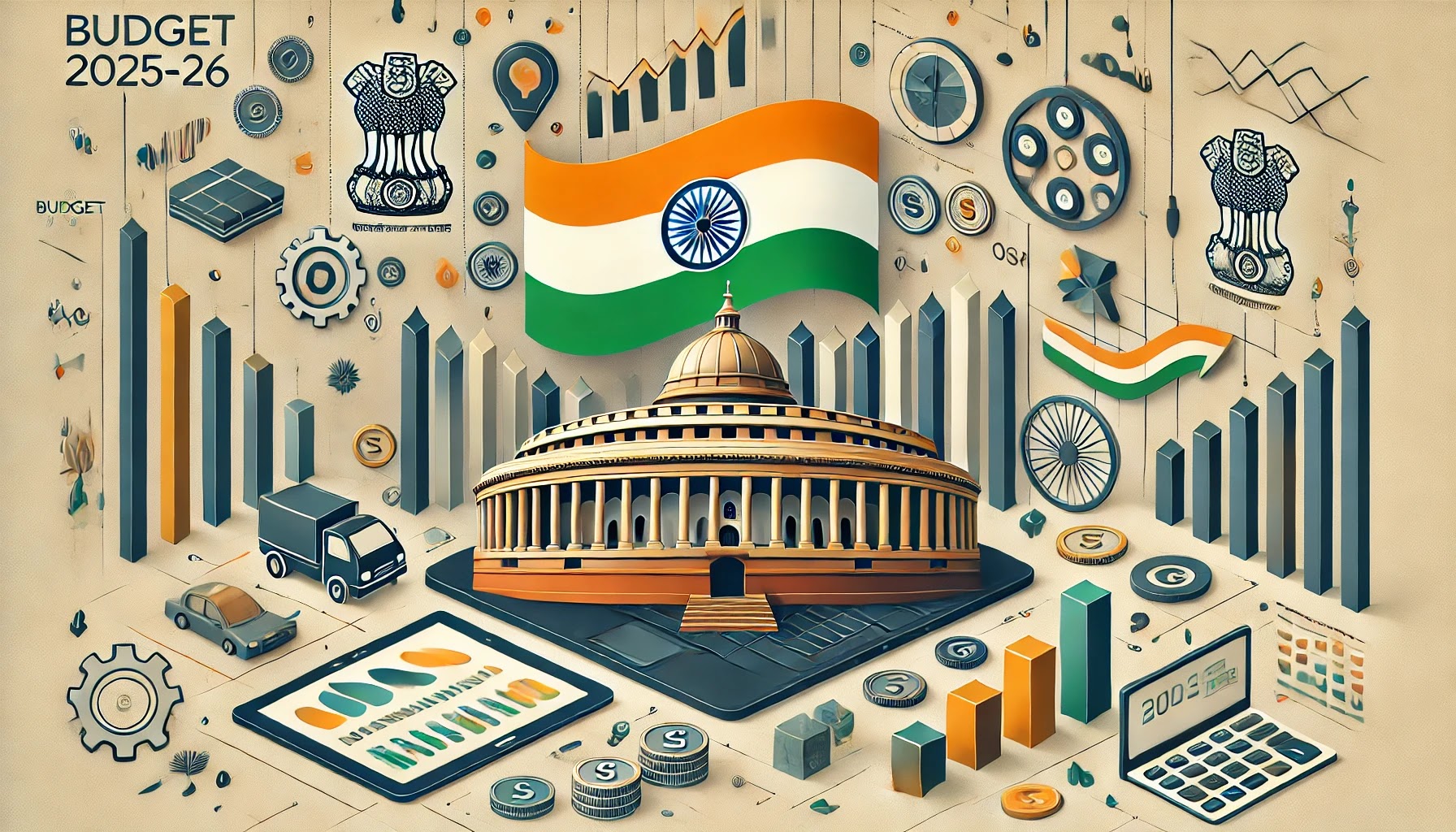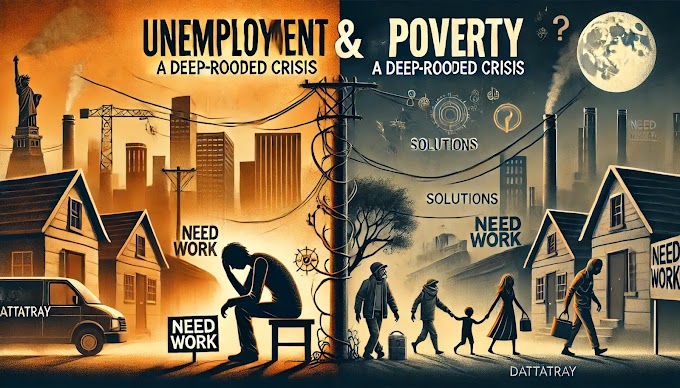Microeconomics - Macroeconomics: Unveiling the Foundation of Economic Analysis
Economics, the study of how societies allocate scarce resources, branches into two crucial realms: microeconomics and macroeconomics. These fields, while interconnected, focus on different facets of economic behavior. Let's embark on a journey to uncover the bedrock understanding of microeconomics and macroeconomics.
1. Microeconomics: The Lens on Individual Decisions
Microeconomics zooms in, examining the economic choices made by individual agents within an economy. These agents could be consumers, firms, or industries. The key components include:
a. Supply and Demand:
Microeconomics delves into the intricacies of supply and demand, exploring how individual choices impact the equilibrium prices and quantities of goods and services in specific markets.
b. Market Structures:
Different market structures, from perfect competition to monopolies, fall under the purview of microeconomics. Understanding how these structures influence pricing, output, and competition is fundamental.
c. Consumer Behavior:
Microeconomics scrutinizes how consumers make choices, considering factors like utility, preferences, and budget constraints. Concepts such as elasticity play a pivotal role in this analysis.
d. Production and Costs:
The theory of the firm is a microeconomic cornerstone, examining how businesses make decisions regarding production, costs, and profit maximization.
e. Factor Markets:
Microeconomics extends to factor markets, exploring how resources like labor and capital are bought and sold, influencing wages and interest rates.
In essence, microeconomics dissects the building blocks of economic activity at the individual level.
2. Macroeconomics: The Panoramic View of the Entire Economy
While microeconomics scrutinizes individual economic units, macroeconomics steps back to examine the economy as a whole. The key focuses of macroeconomics include:
a. Gross Domestic Product (GDP):
Macroeconomics revolves around GDP, the total value of all goods and services produced within a country's borders. GDP serves as a barometer of a nation's economic health and performance.
b. Unemployment:
Understanding the levels and types of unemployment is a macroeconomic concern. Policies to mitigate unemployment often fall under the macroeconomic umbrella.
c. Inflation:
Macroeconomics explores the causes and consequences of inflation, the general increase in prices over time. Central banks often employ macroeconomic tools to manage inflation.
d. Fiscal and Monetary Policy:
Macroeconomics delves into the role of government and central banks in shaping economic outcomes. Fiscal policy involves government spending and taxation, while monetary policy focuses on controlling the money supply and interest rates.
e. International Trade:
Macroeconomics analyzes a nation's trade balance, exchange rates, and global economic interactions. It explores how these factors impact a country's economic performance.
In essence, macroeconomics provides a holistic understanding of the broader economic landscape.
Connecting the Dots: Interdependence of Micro and Macro
While microeconomics and macroeconomics may seem distinct, they are intricately connected. The aggregate outcomes explored in macroeconomics are the summation of countless individual decisions scrutinized in microeconomics. For instance, while microeconomics explores how individual firms determine prices, macroeconomics examines how the overall price level impacts the economy.
Understanding the synergy between microeconomics and macroeconomics is essential for comprehending the intricate web of economic relationships that shape societies. Both perspectives contribute to a comprehensive understanding of economic systems, offering insights into how individual choices aggregate to influence the overall health and trajectory of economies.
.png)







.png)

.png)

.gif)
.png)
0 Comments